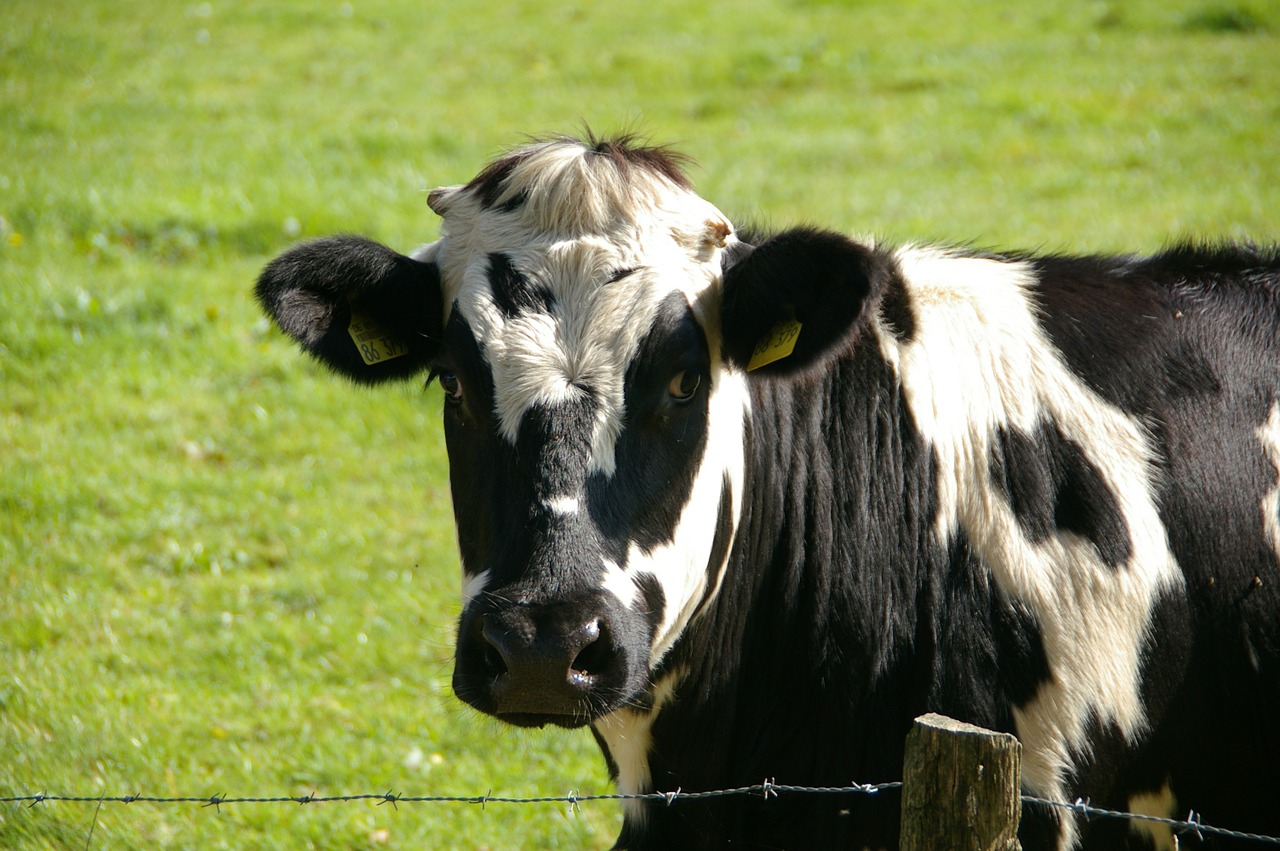Eating 100 gram of protein from beef = Contribution to 20 kg Carbon Dioxide equivalent
As climate change movement is happening in almost all over the world, many people start to be more aware on climate issues. One of the issues is about choosing climate-friendly food! When talking about this kind of food, meat might be the one that we want to avoid.
I got this insight in more detail during my first course in Master’s Programme in Nutrition Science. The course was named as: Diet and health – scientific basis, recommendations and sustainability.
Is meat really bad for the climate?
A large study conducted by Poore and Nemecek (2018) assessed the impact of foods on greenhouse gas emissions, land use, and water use. This article was discussed in the course. The study showed that 83% of farmland in the world is used for livestock (beef, cattle, pigs, sheep, etc), but it is only provide 18% of calories and 37% of protein. Moreover, those calories and protein from livestock are associated with 58% of greenhouse gas emissions and 57% of water pollution.
Furthermore,they also compared meat with other foods with respect to the greenhouse gas emissions:
- 100 gram of protein from beef contributes to 20 kg CO2 equivalent,
- 100 gram of protein from poultry contributes to 2.4 kg CO2eq,
- 100 gram of protein from tofu contributes to 1 kg CO2eq,
- 100 gram of protein from peas contributes to 0.3 kg CO2eq.
In a simple sentence, the greenhouse gas emissions of beef are 20 times greater than tofu and 60 times than peas!

Should I stop eating meat and be a vegan?
Meat also has a good side regarding the nutrients. It provides calories, protein, some micronutrients including iron and vitamin B12. But those nutrients can be replaced by eating various plant-based food.
However, not everyone wants to be a vegan. And for people with particular conditions or diseases, vegan diet may not be a best choice. For these people, the WWF Sweden provides some recommendations:
- 500 grams of meat and processed meat products per week is enough. It equals, for example, three normal-sized portions of 125 grams plus cold cuts for 2-3 sandwiches.
- The normal-sized portions of 125 grams is often exceeded, both at home and at restaurants.
- A well-composed diet with less meat or no meat can very well satisfy our nutritional needs.
- Less but better meat is good for you and the planet
- When you eat less meat, choose foods like lentils, beans, peas, and root vegetables.
Do I change my diet after the course?
Actually, I did not eat a lot of meat. Like many Indonesians do, I usually eat tofu and tempeh as the source of protein. Sometimes I ate meat, but only few times in a week.
I don’t become a vegan, but most of my daily meals are vegetarian diets. I still eat meat sometimes, but after knowing the facts about the meat impacts on climate, I change my meat choices. Instead of beef, I would rather to choose poultry or pork as they produce less greenhouse gas emissions and use smaller land than beef.
That’s a glimpse of the first course in Master’s Programme in Nutrition Science! I hope you found it inspiring and useful 🙂 The previous DA, Dasha, also wrote a review about this course with some other highlights. In addition, you can also read my review of the second course.
Have any comment, question, or suggestion? Contact me at email (resthie.putri@stud.ki.se) or LinkedIn (Resthie Rachmanta Putri).
References:
- Poore J, Nemecek T. Reducing food’s environmental impacts through producers and consumers. Science. 2018 Jun;360(6392):987–92.
- The WWF Sweden meat guide. Available from: https://wwwwwfse.cdn.triggerfish.cloud/uploads/2019/11/19-7517-kottguiden_191025_final-2-1.pdf

0 comments